SuzukiGS750EZ
No longer a newbie, moving up!
- Joined
- Oct 5, 2016
- Messages
- 728
- Reaction score
- 145
- Location
- Connecticut
- Can others edit my Photos
- Photos OK to edit
Hey guys. As you can see by my signature, i shoot with a canon 80D. I'm curious about flashes. I know they're used for portraits, but what other types of photography benefit from them? I shoot a lot of wildlife as well as some landscapes and occassionally candid or portraits. I know a flash won't reach a bird in a distance or light up a tree, but what else can they be used for? Also, how do i know which one to get? I'm kind of the buy a model better than i need (which is usually outside of my budget!) but i've always been thankful i did it that way that way i have room to grow and possibly don't have to buy again in the future. So, is there any way you can help me figure out what i need via question and answer? I don't know if i would use one a lot, but i think i would like to stick with a canon branded flash unless there is a third party that makes a better flash. Money isn't necessarily a contributing factor in this as i don't need a flash right away (although i'd like to learn flash photography) but i'd like to keep it under 300 if i can. I'm also a minimalist so if a 150$ flash will suite all my needs and then some but a 300$ flash will fit my needs and go to a point where i may never use it, i'd rather go lower than higher.



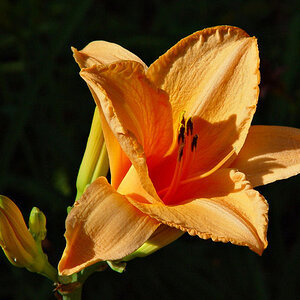
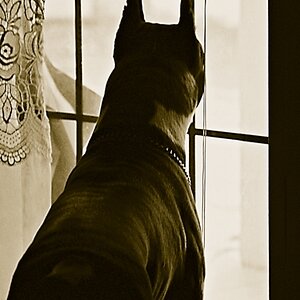

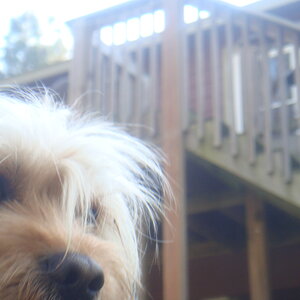
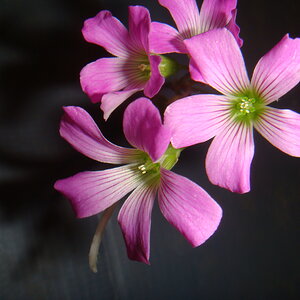

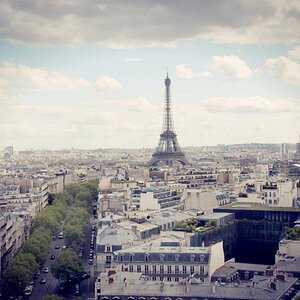

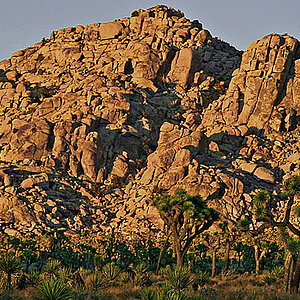
![[No title]](/data/xfmg/thumbnail/38/38261-db20f6f92ee8f0d4c5cf1536e308638b.jpg?1619738546)